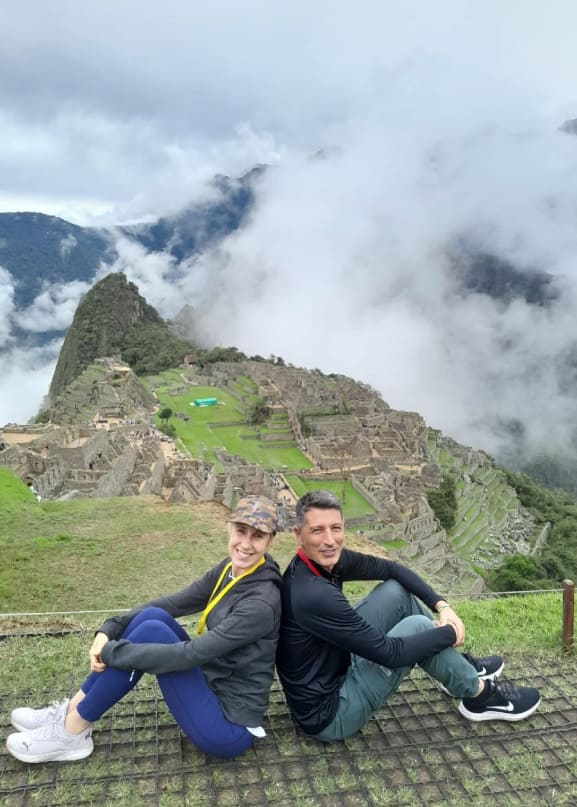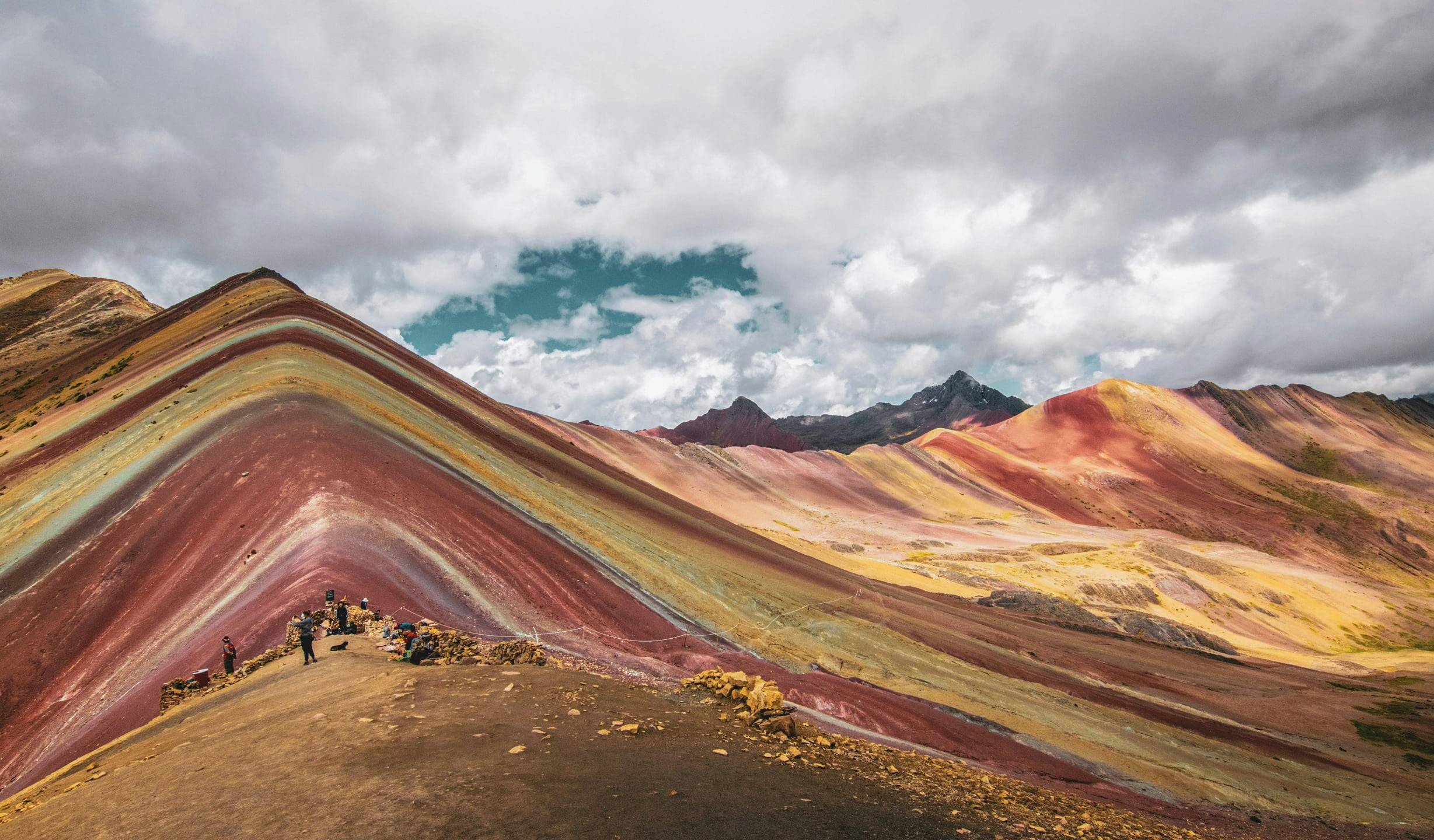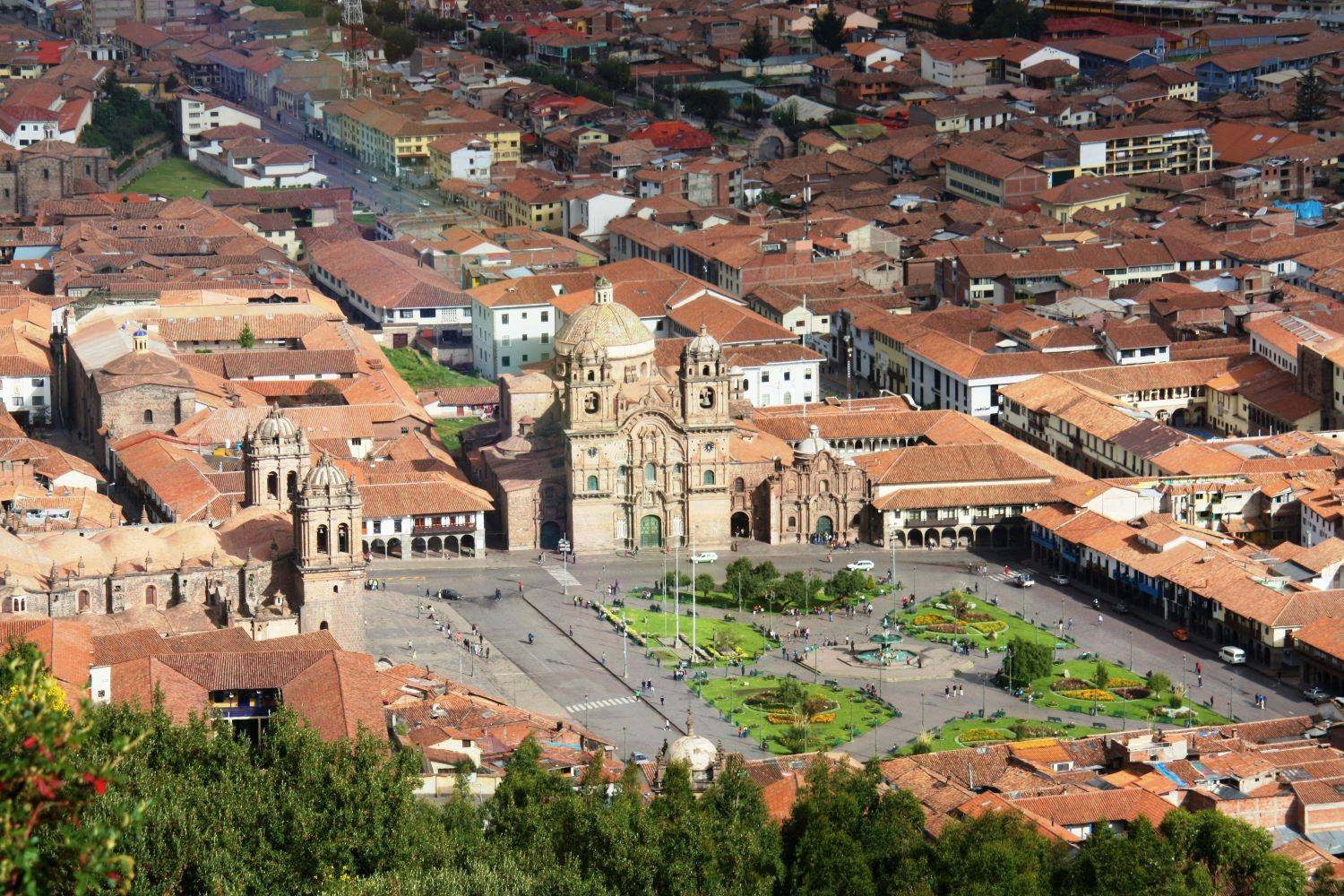Cusco, the ancient capital of the Inca Empire, is a treasure trove of archaeological wonders. Here’s a guide to the top 10 must-visit sites that will take you on a journey through history.
1. Machu Picchu
The crown jewel of Inca civilization, Machu Picchu is an awe-inspiring citadel nestled high in the Andes. This UNESCO World Heritage site offers breathtaking views and a glimpse into the architectural genius of the Incas. Whether you arrive via the Inca Trail or by train, exploring Machu Picchu is an unforgettable experience that tops the list of Cusco’s landmarks.
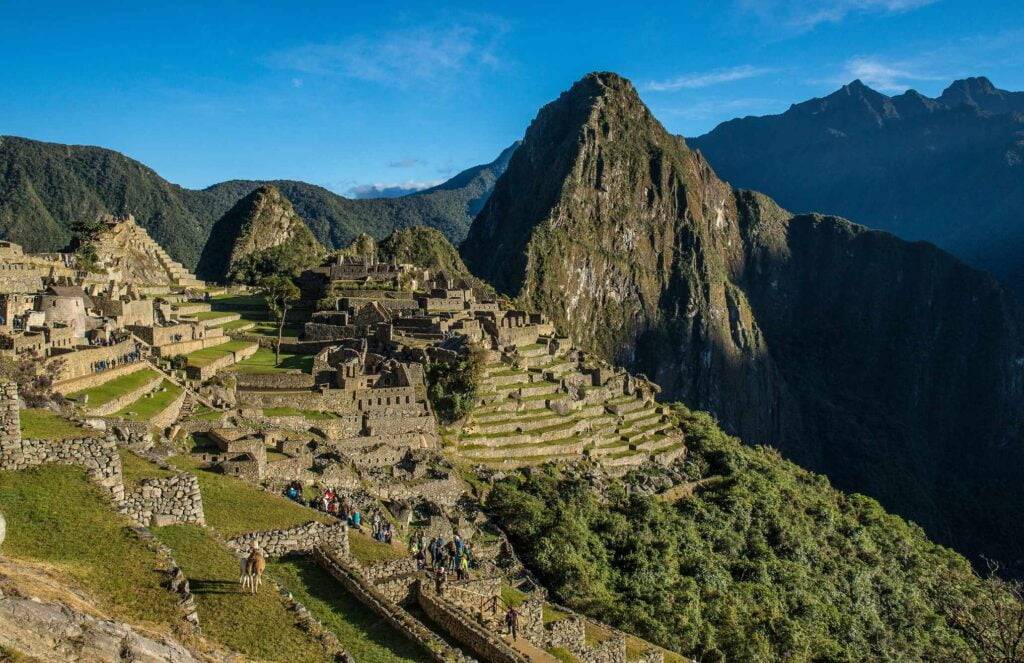
2. Sacsayhuamán
Located just outside Cusco, Sacsayhuamán is a massive fortress known for its colossal stone walls. The precision with which these stones were cut and fitted together without mortar is astounding. Sacsayhuamán also offers panoramic views of Cusco, making it a perfect spot for both history buffs and photography enthusiasts.

3. Qorikancha
Once the most important temple in the Inca Empire, Qorikancha was dedicated to Inti, the sun god. Although the Spanish built the Church of Santo Domingo over its foundations, you can still see the original Inca stonework. A visit here reveals the blend of Inca and colonial architecture, symbolizing Cusco’s complex history.
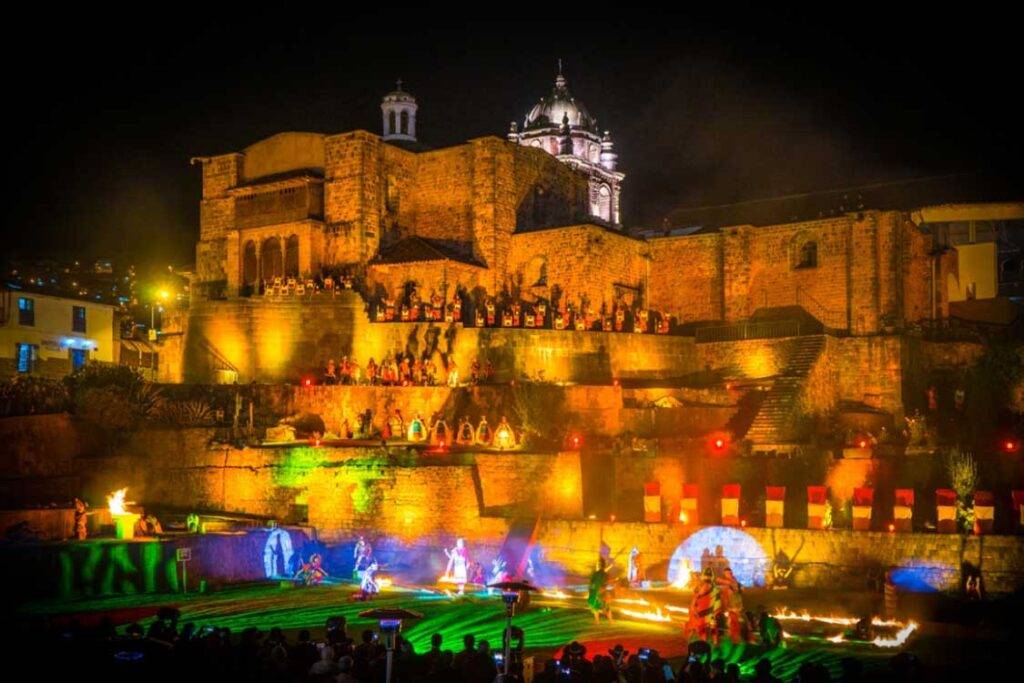
4. Ollantaytambo
This well-preserved Inca town and fortress was a key military and religious center. The terraces of Ollantaytambo climb steeply up the mountainside, offering stunning views of the Sacred Valley. Wander through its ancient streets and imagine the strategic battles fought here during the Spanish conquest.

5. Pisac
High above the town of Pisac lies one of the Sacred Valley’s most impressive archaeological sites. The Pisac ruins include agricultural terraces, ceremonial baths, and a stunning temple complex. The site is a testament to the Inca’s advanced agricultural practices and spiritual beliefs.

6. Moray
Moray’s concentric terraces are a striking example of Inca ingenuity. Believed to have been used for agricultural experiments, these circular terraces demonstrate the Inca’s deep understanding of microclimates. Moray offers a unique perspective on how the Incas adapted to their environment.
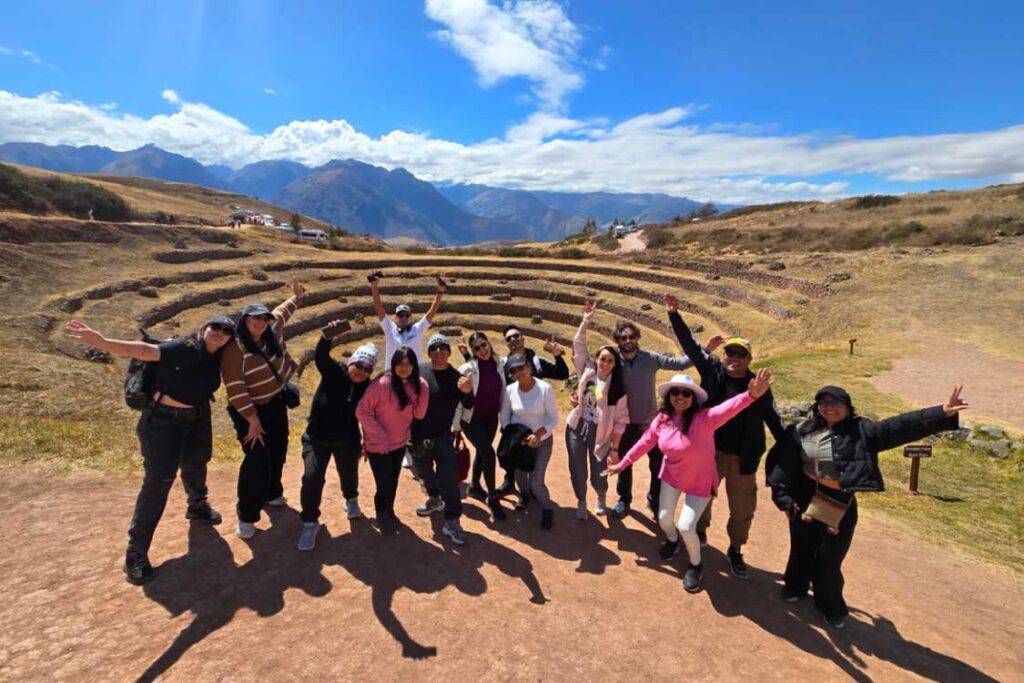
7. Chinchero
Often referred to as the “Birthplace of the Rainbow,” Chinchero is a small Andean village with a rich cultural heritage. The site features well-preserved Inca walls, agricultural terraces, and a colonial church built on Inca foundations. Chinchero is also famous for its traditional weaving techniques, which you can witness firsthand.
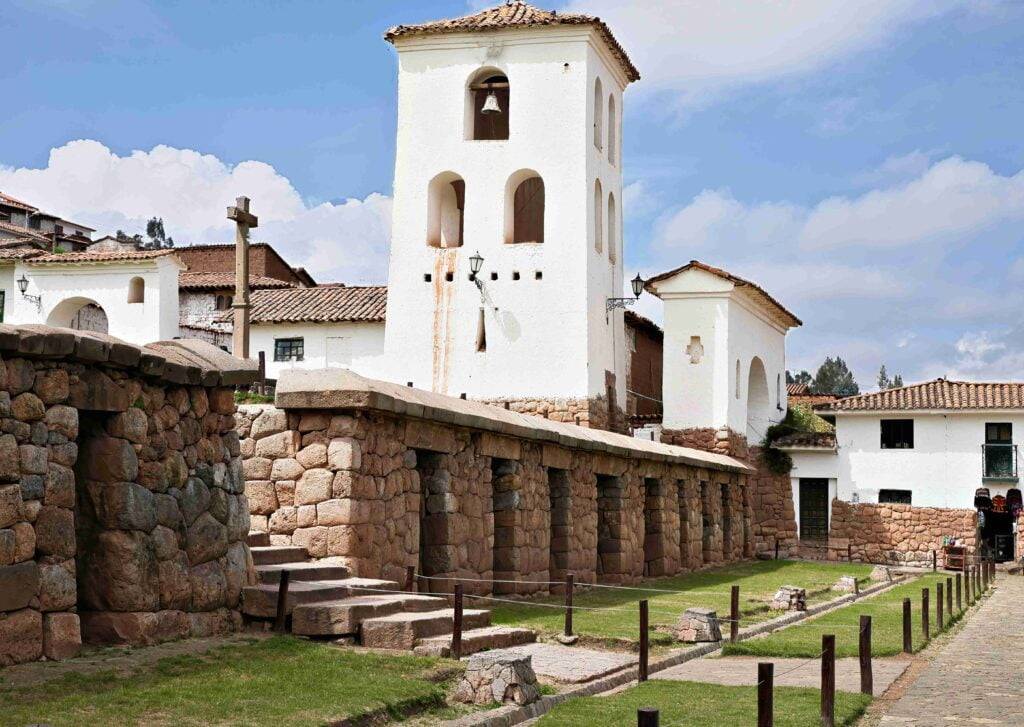
8. Tambomachay
Known as the “Bath of the Inca,” Tambomachay is a series of aqueducts, canals, and waterfalls believed to have been a place of worship for water. The site’s precise construction and serene atmosphere make it a peaceful stop on any historical tour of Cusco’s outskirts.

9. Q’enqo
Q’enqo is a mysterious site consisting of a labyrinthine network of tunnels, carved rocks, and a ceremonial altar. Thought to have been used for rituals and sacrifices, Q’enqo offers a fascinating glimpse into the spiritual life of the Incas.
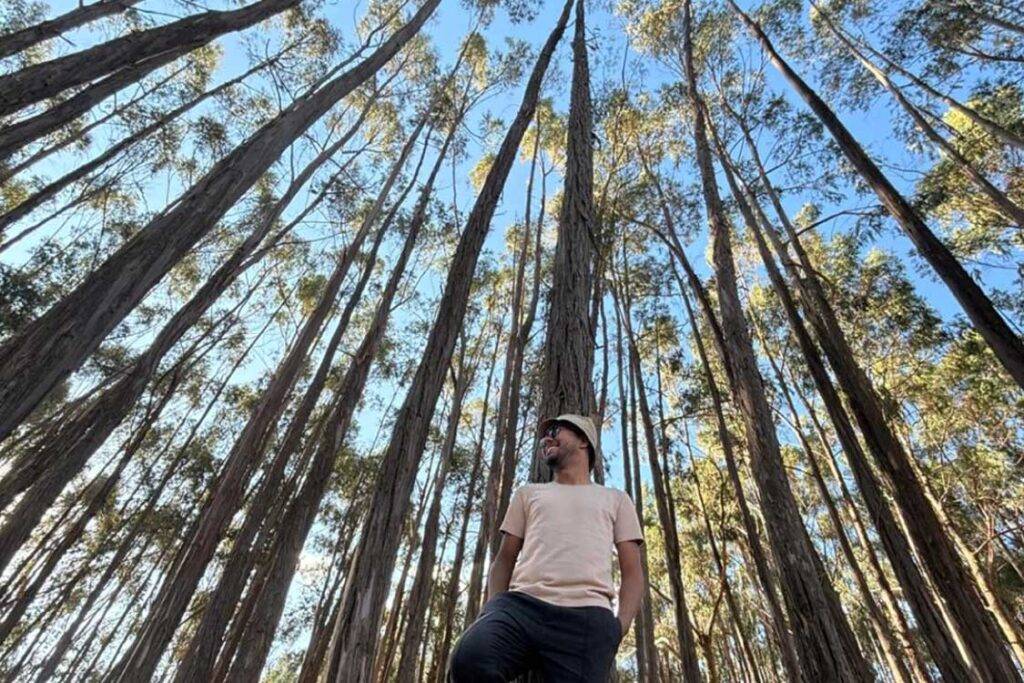
10. Tipón
Tipón is an impressive agricultural site known for its extensive terracing and sophisticated irrigation systems. Located southeast of Cusco, Tipón is less visited than other sites, offering a tranquil exploration of Inca engineering and agriculture. The site’s well-preserved structures and flowing water channels are a testament to the Inca’s mastery of their environment.

These 10 iconic landmarks showcase the rich cultural and historical legacy of the Incas. Each site offers a unique window into the past, allowing visitors to walk in the footsteps of one of history’s greatest civilizations. Whether you’re a history enthusiast, an adventurer, or simply curious, exploring these archaeological wonders will leave you in awe of Cusco’s enduring legacy.


